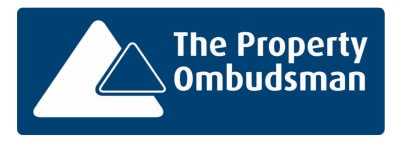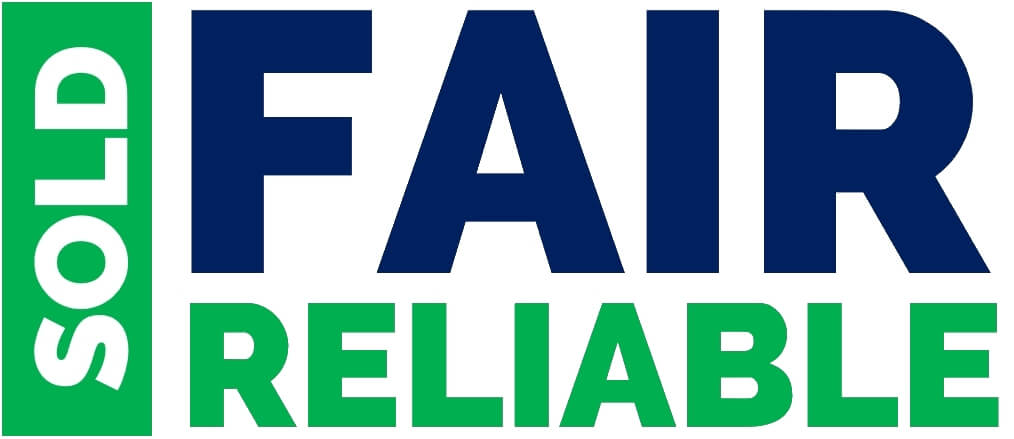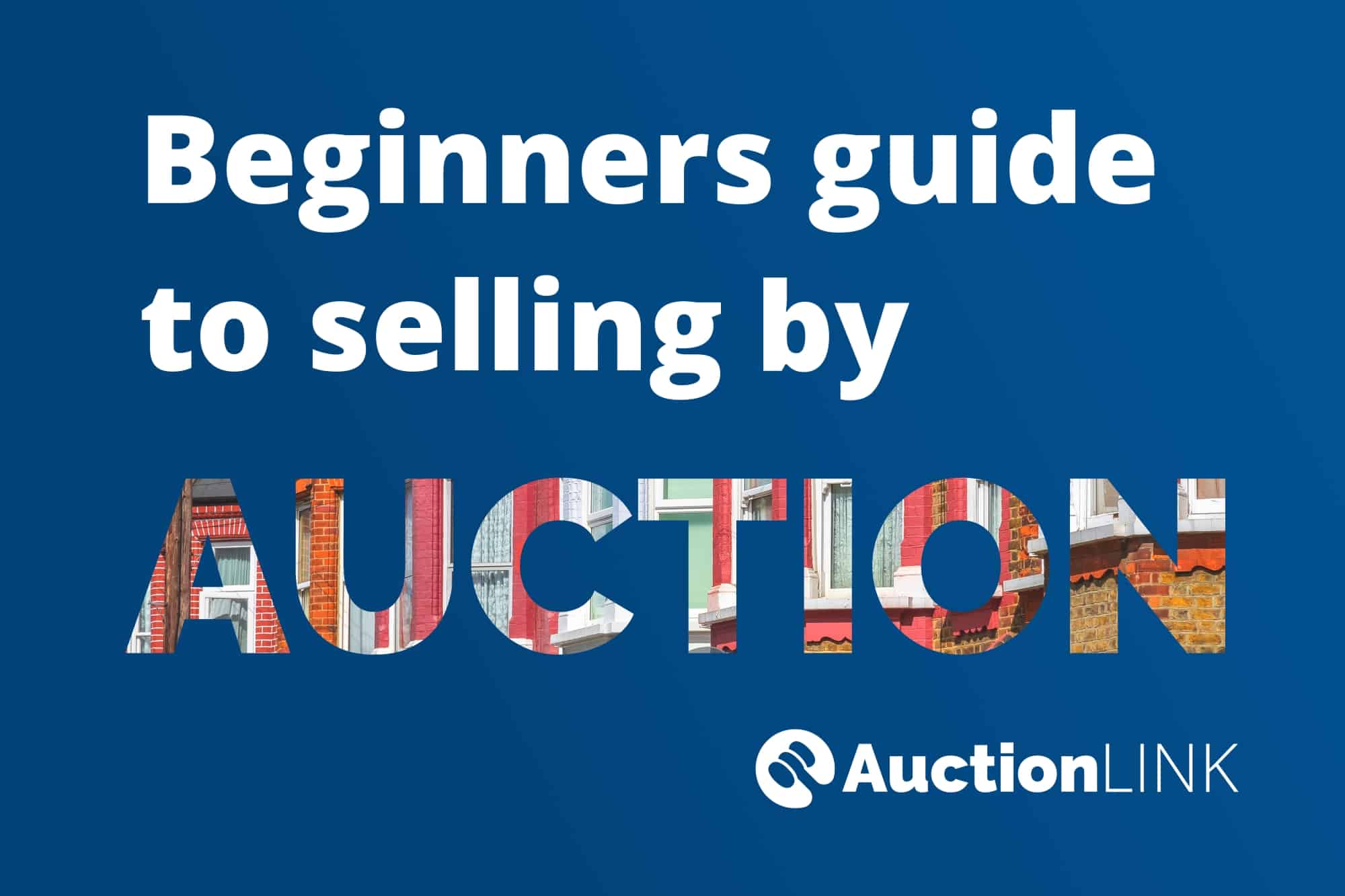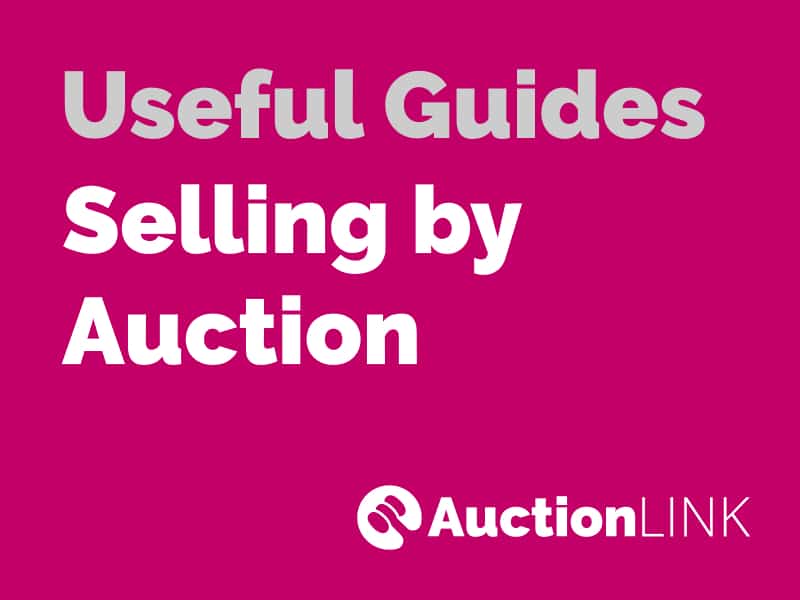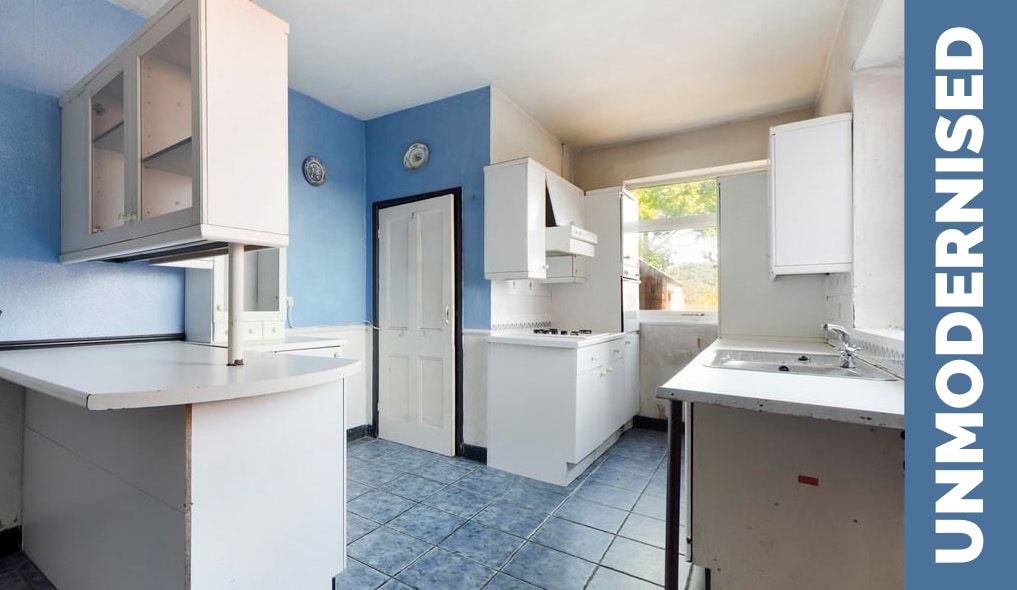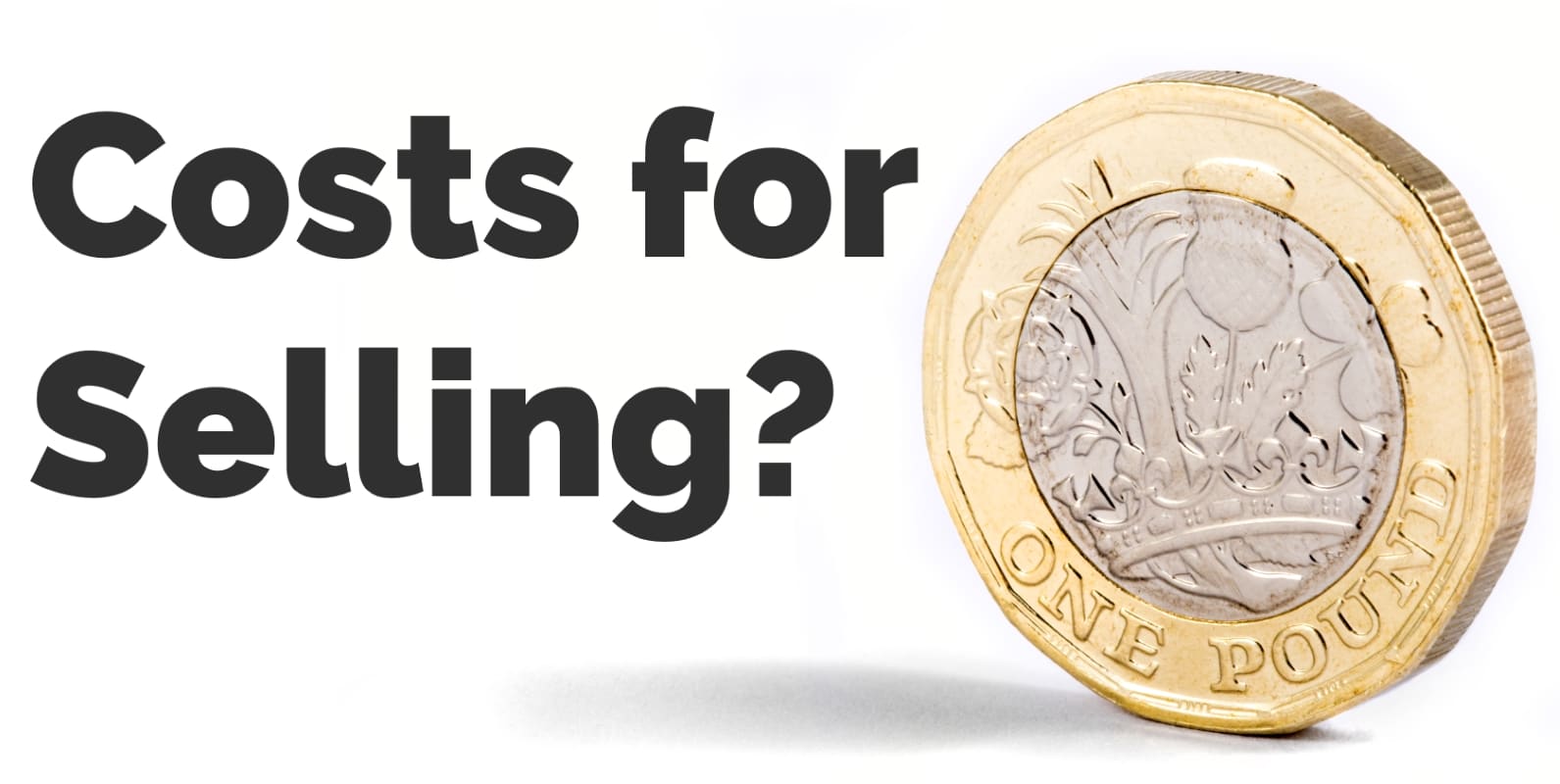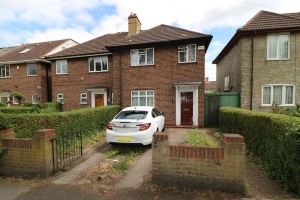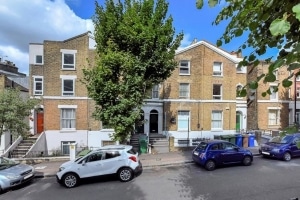What is an Auction Reserve Price?
The reserve price is the minimum amount a property is allowed to sell for at auction. The reserve price is decided by the auctioneer and agreed by the seller before progressing with an auction sale.
Call 0800 862 0206 for your FREE sale price estimate
Home: Auction Link » Auction Reserve Price
When selling a property at auction, the seller will agree to a minimum price they accept to sell for, that price is known as the reserve price. The seller is only obligated to sell the property once the bid amount meets or exceeds the reserve price. The reserve price is a confidential number, only known by the seller, their solicitor and the auctioneer. However, buyers will be advised of the “guide price” which is a number based on the reserve price, see more about the guide price below.
Last updated by Mark Grantham on 28th April 2024
How is the reserve price calculated? The staring point for the reserve price is the property’s value and agreed between the auctioneer and the seller. Usually the auctioneer will want to set a reserve price on the low side, to ensure the property successfully sells. And the seller will want to set a higher reserve price to ensure they don’t run the risk of selling too low. As a general rule an auctioneer will only allow a property to be entered into auction if they can agree to a reserve price of around 80% to 90% of market value, depending on the type of auction. And a lot depends on the type of property being sold – some properties sell better at auction than others.
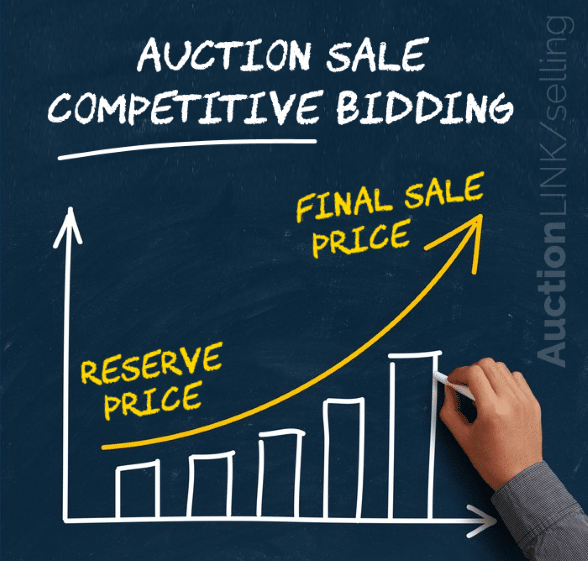
The reserve price is decided before the seller agrees to enter the property into auction, but it can be changed (with the seller’s permission) in the run up to auction, depending on the level of interest the property generates.
1. Your own circumstances will usually be the biggest influence on how motivated you are to sell. If you need to be sure of a sale, then set a lower reserve price.
2. Find a balance between the certainty of selling and being happy you have sold for a fair price.
3. Properties do very often sell for more than the reserve price. But if you need to achieve more than the reserve price to cover debts, don’t take a gamble.
4. If you are selling a vacant property, take into consideration the cost of owning the property (mortgage repayments, council tax, risk of damage etc) – are you better off cutting your losses?
5. Negotiate with the auctioneer. Ask if you can increase the reserve price by one or two percent.
Request a free auction estimate and helpful tips to selling at auction.
When comparing the reserve price to valuations you have received from estate agents, or prices you have seen similar properties advertised for, remember that the asking prices suggested by estate agents are typically set on the high side to win a sellers’ instruction. Eventual sale prices through estate agents can very often be far lower than the original advertised asking price.
What type of auction service is best for you?
Request a free valuation and reserve price estimate for your property today. In some cases we may need a few more details about your property before providing a free and no-obligation auction sale estimate.
As with buying or selling anything, it’s always useful to have a starting point to begin negotiations. With the reserve price remaining a confidential number the auctioneer uses a different number, the guide price. Most auctioneers will set the guide price at around 10% below the reserve price. For example, if the reserve price is £250,000 the guide price would be in the region of £225,000.
It’s a common reaction for sellers to be alarmed at how low the auctioneer has set the guide price, especially when they see the price widely published on the auctioneers website, in the local newspaper, on Rightmove and Zoopla. The usual concern from the seller is that the guide price will be viewed as the value of the property and they fear prospective buyers will think there’s something wrong with the property. This is an understandable reaction, but if you think about it from the perspective of a buyer you will see the advantage it has.
Advertising a property with a low guide price attracts the attention of more buyers and generates an overall greater level of interest, and that’s what’s needed to drive up the sale price. More prospective buyers will view the property, download the legal pack and carry out their research – they will inevitably see the property is worth more than the guide price and they’ll be one of many prospective buyers engaged in the auction process, ready to bid at auction.
In fact, many property dealers are happy to set low guide prices when selling at auction because they know it helps generate more interest in the property. A low guide price really does generate more interest in a property – to try and counter the issue, in 2014 the Advertising Standards Authority (ASA) set a ruling that the guide price must sit within a 10% range of the reserve price.
So remember, when you see the auctioneer has set a low guide price, don’t panic. Just remember: more bidders means competitive bidding on auction day.
Next steps…
Prefer to talk?
Need help deciding if auction is right for you? Call 0800 862 0206 or request a call back for later.
Read about the difference between an auction reserve price and the guide price.
Need to find out more about auction? We’re happy to answer your auction questions. Talk to one of our friendly advisors by calling 0800 862 0206.
